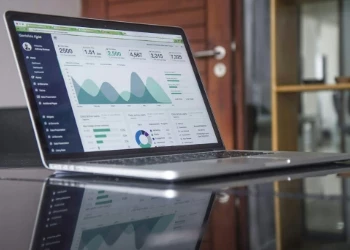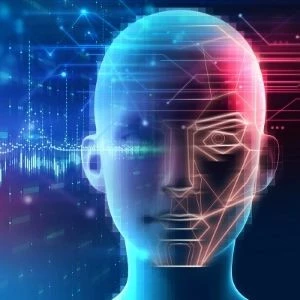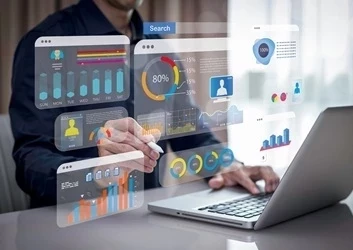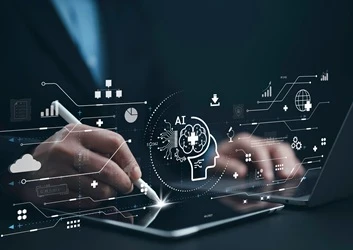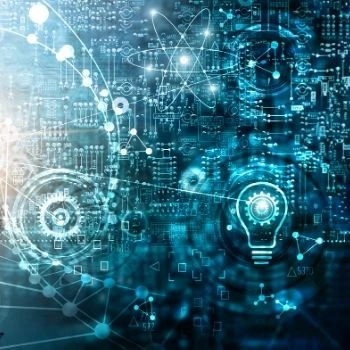How Companies Like Disney and Nike Use Biometrics
Biometrics is one of the most ubiquitous technologies being used around the world today, here is a round-up of some of the better known companies harnessing this tech.
Add bookmark
Biometrics today broaches almost all industries. From flying to banking, fitness to policing, biometrics has found itself at the forefront of the frontline of securing consumers and companies against an increasingly hostile cybersecurity space. But that isn’t the only motivation behind its use today, and enterprises the world over are finding uses for this technology today.
Disney
One of the most recognisable examples of a company using biometrics as part of their entry structure is Disney. The House of Mouse has been using fingerprint biometrics as part of their access system since 2013. The system requires all guests aged 3+ onwards to scan their entry tickets and place their finger onto a scanner to confirm identification.
Though this is currently an optional security measure and customers have the ability to opt-out if they choose to do so, having this security measure in place allows flexible access in and out of Disney’s multiple theme parks, saving customers time switching between parks and helps prevent fraud in the event of someone obtaining access to an individual’s park tickets.
Barclays
Whilst many banks have been using fingerprint verification for some years now, Barclays have gone a step further by implementing speaker verification solution. The technology authenticates the caller while ensuring the flow of the call is not interrupted. During the opening seconds of any call with an agent, FreeSpeech — a voice biometrics solution by Nuance — checks a client’s voice against a voiceprint they previously enrolled with Barclays, returning a verification result to the agent and – assuming it is positive – the Barclays CRM system loads the client’s account management information instantaneously.
The experience benefits of this solution are numerous. The verification data is acquired passively in the background, eliminating cumbersome authentication questions. The process is also therefore completely non-intrusive and is content-independent, which minimizes the effort on both the customer and agent. The technology is also language- and accent-independent. The closeness of a match to the stored voiceprint is determined by subtly unique characteristics, such as vocal tract length and shape, pitch and speaking rate which contribute to more than one hundred evaluated characteristics.
Nike
In fitness, the use cases of biometrics are perhaps some of the most obvious, allowing customers to better understand their body and react accordingly. However, even outside of this, biometrics has a large part to play in health today, particular in the development of new products.
None embody this more so than the Nike Sports Research Lab uses motion sensors, biometric monitors, and other tech to monitor athletic performance and build better gear.
The biomechanics lab uses a sensor-filled track and force plates to gauge torque and other kinds of data, which are then charted by a handful of computer screens nearby. By understanding these details, Nike designers can tweak the stiffness of a shoe to best fit the needs of a flexing foot—even to the point of designing different versions of a shoe for different positions in the same sport.
Sensors strapped to athletes measures a variety of motions and speeds, helping researchers understand movement within training gear. Ground sensors measure forces, loading rates and foot pressure. These details can dictate a variety of design requirements. For example, knowing how a linebacker's initial step may differ from a cornerback's will change the cleat pattern on their respective shoes.
The breadth of the labs capabilities is truly staggering, from zero-gravity treadmills to digital basketball courts, biometrics in sport is one of the most cutting-edge areas in this space.










